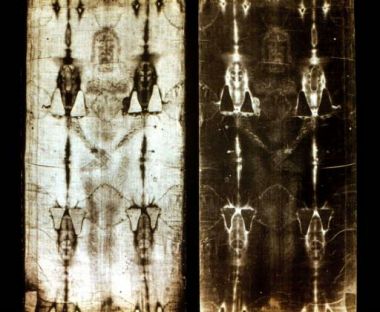Shroud of Turin dates back earlier than previously thought, says modern-day Indiana Jones

The Shroud of Turin, a length of linen cloth considered to be a rare archaeological find, is revered by some as the burial cloth of Jesus Christ. Three independent studies using radiocarbon 14 tests have already dated the piece of cloth to a date range of A.D. 1260-1390.
An investigator called by some as the modern-day Indiana Jones of Hollywood fame, however, has found a new piece of evidence that may date the Shroud of Turin way earlier than previously thought: as early as the First Century.
Philip E. Dayvault, a former Federal Bureau of Investigation special agent and physical-science technician, is challenging the conventional belief about the period when the Shroud of Turin existed using another rare archaeological find as basis: a small mosaic he found in a faraway museum in Turkey.
Dayvault, who has been studying the Shroud of Turin since 1973, said this mosaic maintained by Muslim curators, known as the "ISA Tile," provides physical corroboration for the existence of the Jesus' burial cloth back in the first century.
The mosaic, he said, bears the same face as the man whose markings were left on the shroud, believed by many as Jesus Christ Himself.
"The Muslim curator with us, realising I had spotted this, exclaimed, 'Isa, Isa,' which I knew meant 'Jesus, Jesus.' My translator-guide, Hafiz, equally excited as the curator, began exclaiming, 'Jesus, Jesus'," Dayvault said in a report on WND.com.
"I excitedly responded, 'I know, I know,' because I had immediately recognised the face on the mosaic as the same face as the crucified man in the Shroud of Turin," he added.
The Shroud enthusiast said the museum has put the ISA Tile on public display for years, but has only stated on its official records that it depicts "a bearded man," without any reference to Jesus Christ. It is 20 by 30 feet in size, but is surprisingly light.
"I believe the ISA Tile, likely created in the time of King Abgar V as a representation of the image regarded today as the Shroud of Turin, served as the prototypic model for numerous ancient depictions of Jesus Christ that have survived today ... and bearing the traditional image we recognise as the face of Jesus Christ," Dayvault explained.











